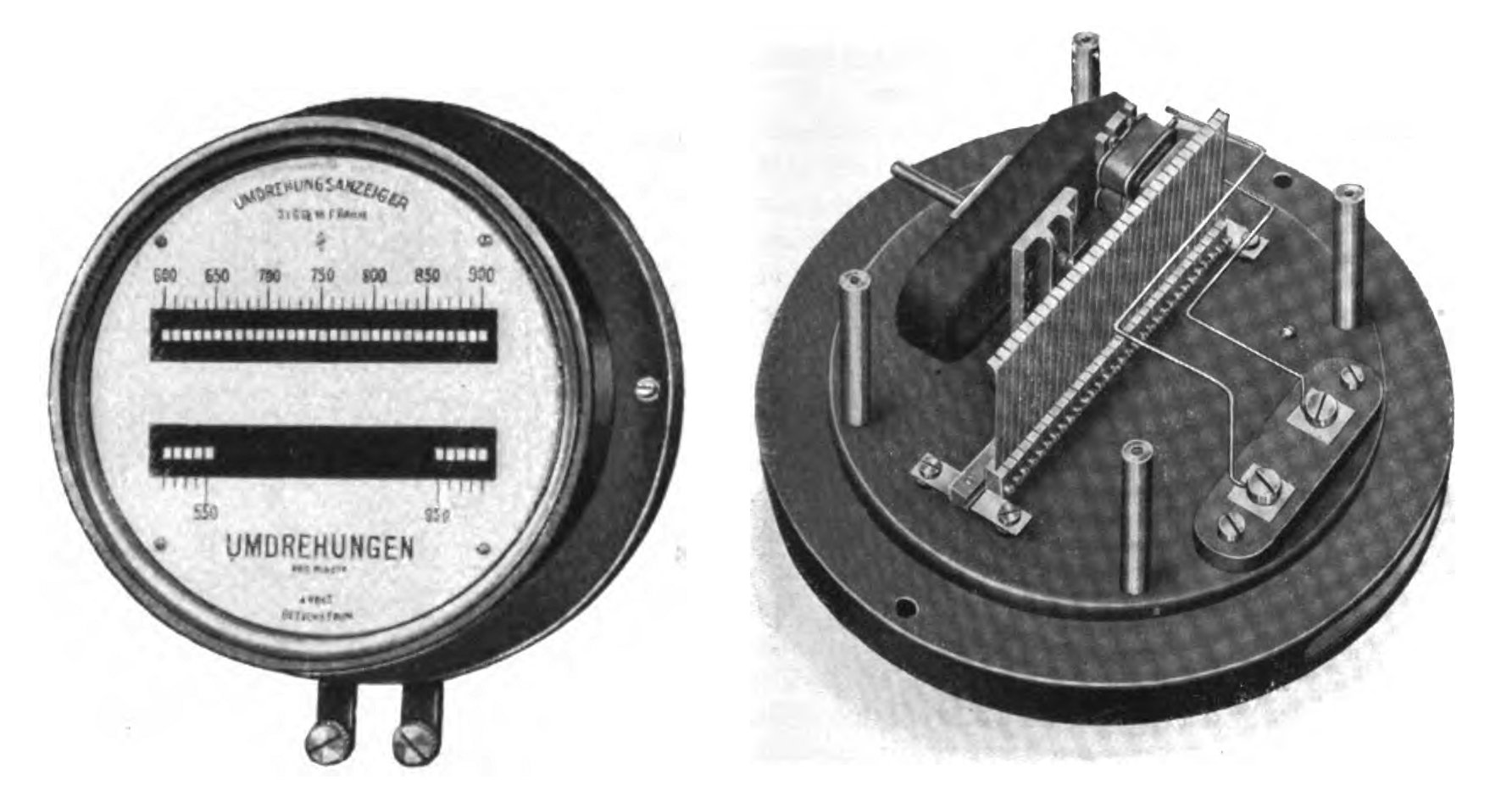There are many ways to measure frequency, the choice usually being made on what technology is available.
In the bad old days, they used a wonderful mechanical resonant reed decodermeter. I'll see if I can find aThis picture is from wikipedia. All the reeds are driven by the waveform, but only one or two at or near the resonant frequency show a large vibration.
Nowadays, one of the easiest ways to get a high resolution frequency reading in a short time is to digitise the waveform, and demodulate it to frequency. That can be done with the soundcard on a PC and a trivial program.
Before the advent of cheap ADCs, they would use a standard frequency counter, perhaps using a PLL in front of it to multiply the frequency by 100 or 1000 to get decent resolution in a short time.
An alternative way to get a fast reading with a standard counter is to do TIC, Time Interval Conversion, where you count your high speed reference for one cycle of the low speed input waveform. This is very easy to implement with any cheap MCU like PIC or Arduino, with its internal hardware counters and fast clocks.
There was yet another way to measure frequency finely, quickly, but its opportunity to shine was squeezed out by the arrival of those cheap ADCs, which made waveform digitisation much more convenient.

